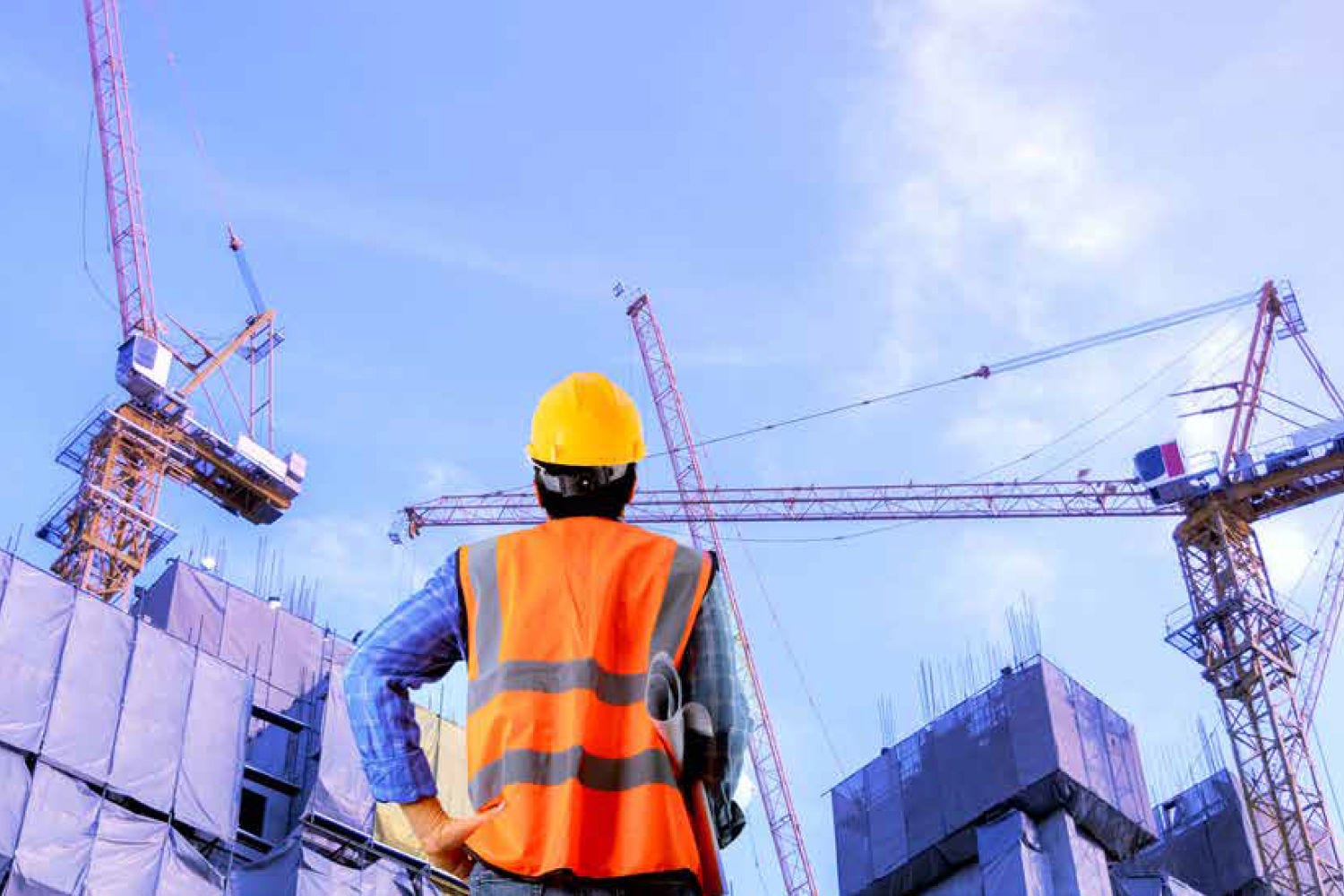KPMG’s 2024 Emerging Trends in Infrastructure highlights ten trends that will shape the world of infrastructure in the next year.
All at one time, we want to change our energy mix, our climate, our economies, our global trade patterns, our cities, our technology and our social equity. And we plan to do it all against a backdrop of a non-stationary environment, divisive geopolitical rhetoric and deep economic uncertainty. It is a mammoth task.
Humanity’s success or failure will largely rest on the shoulders of our infrastructure. Infrastructure will be central to the energy transition and achieving our climate adaptation goals. It catalyses economic growth and facilitates trade. It underpins urban renewal, lays the foundations for digital transformation and – done well – can help embed social equity.
Delivering on the promise of infrastructure will require greater collaboration, new funding mechanisms, innovative regulatory regimes, new construction techniques, broader skill sets and – more than anything – a high degree of flexibility and creativity. Enabling the world’s transitions, therefore, must start with a transition in the infrastructure sector.













